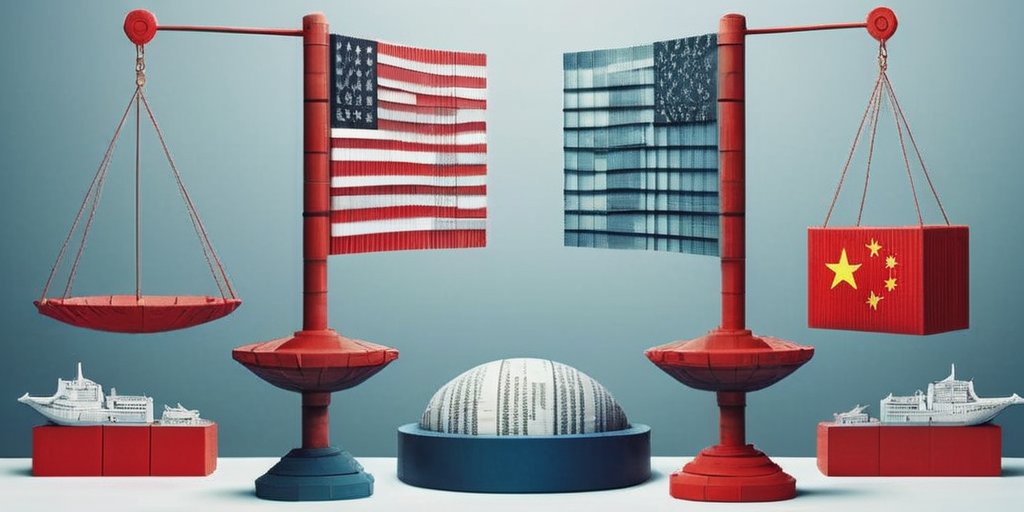US President Donald Trump recently announced a trade deal with China, touting it as a significant victory for America. However, new analyses suggest that it’s actually the Chinese leadership that has gained an upper hand from the agreement. While full details of the arrangement reached in London remain under wraps, it seems to largely reinstate an earlier agreement made in May, one that deteriorated amidst rising mistrust and tension between the two nations.
Experts indicate that China has learned a critical lesson from these negotiations: their leverage over the US has become increasingly potent. Liu Dongshu, an assistant professor at the City University of Hong Kong, noted, “China feels it has more bargaining power than it originally expected,” especially as recent trade disputes had revealed that President Trump might not be as formidable as he seemed.
While Trump proclaimed the deal as finalized on social media, Chinese officials have maintained a quieter approach regarding the agreement. Trump’s bold declarations contrasted sharply with China’s more composed responses, especially as Beijing has sought to present itself as an equal negotiator. This dynamic has flipped, making the US appear more eager to engage in discussions.
The newly inked deal, referred to as a ‘framework,’ signifies a truce between the parties but fails to fulfill Trump’s earlier promises of a comprehensive overhaul of trade relationships. US officials note that the agreement still requires final approval from both Trump and Xi Jinping, and the urgency surrounding future negotiations remains ambiguous. Tariffs on Chinese goods remain substantial, an issue that China hopes to mitigate soon.
The recent negotiations highlight China’s stronghold over the production of rare earth elements, essential materials for numerous high-tech products. This dependence on Chinese exports puts the US in a challenging position, especially since these minerals are integral to various industries, from defense to electronics.
Despite the favorable optics introduced by the trade talks, analysts are cautious. Bert Hofman, a former World Bank director for China, remarked that China now perceives it holds valuable leverage through its control of rare earth elements and can use this to its advantage in future negotiations.
As the US navigates its relationship under Trump’s presidency, there’s a growing awareness in Beijing of the American leader’s unpredictability. The acronym TACO, which stands for “Trump Always Chickens Out,” has gained traction in Chinese commentary, reflecting a belief that Trump may change his stance impulsively, potentially allowing China more room for negotiation.
Trump has also expressed admiration for Xi, describing him in superlatives and indicating a desire for cooperation in opening China’s markets to American firms. This need for a cooperative stance further emphasizes the complexities of the bilateral relationship.
In conclusion, while Trump presents the trade deal as a win, the reality appears to favor China. With ongoing discussions and unresolved tariffs, both nations face a complicated path moving forward. The discourse between the two powers continues, highlighting a blend of diplomacy and strategic advantage in their trade interactions.
